In professional oral care manufacturing, preventing enamel scratching during device use is a critical design and quality concern. Increasing evidence shows that tooth porosity—whether natural or treatment-induced—can significantly elevate the risk of enamel abrasion when using mechanical cleaning devices like sonic toothbrushes or whitening applicators. But once enamel is scratched, is the damage truly irreversible? Understanding the interaction between tooth porosity and surface wear helps manufacturers design safer, more consumer-trusted products.
Tooth porosity refers to microscopic pores or structural irregularities in enamel, resulting from:
Porous enamel lacks the uniform hardness of healthy enamel. This makes it more prone to enamel scratching during mechanical brushing, especially with stiff bristles or aggressive polishing heads.
Scratching doesn’t mean deep cuts—it refers to microabrasions at the enamel surface level:
These scratches compromise enamel’s natural smoothness and reflective properties, eventually making teeth appear darker or rough. Company web:https://www.powsmart.com/product/electric-toothbrush/
Unlike soft tissue injuries, enamel scratching cannot self-repair:
Thus, once significant enamel scratching has occurred, the damage is functionally irreversible—making prevention the only real solution.
Manufacturers can protect against enamel scratching, even on porous teeth, through:
These measures help minimize mechanical aggression on enamel, addressing varying tooth porosity across different users.
Effective product validation requires:
By testing devices under varied porosity conditions, manufacturers can proactively mitigate scratching risks before market release.
By addressing enamel scratching risk upfront, brands can:
In sensitive oral care markets, safety-driven design is no longer optional—it’s a competitive differentiator.
So, is enamel scratching from tooth porosity irreversible? In most cases, yes. This makes preventive design and testing critical for manufacturers of oral care devices. By understanding how porosity amplifies abrasion risks and applying targeted design protections, OEM and ODM suppliers can deliver devices that safeguard both aesthetics and long-term dental health. Contact us
.jpg)
.jpg)
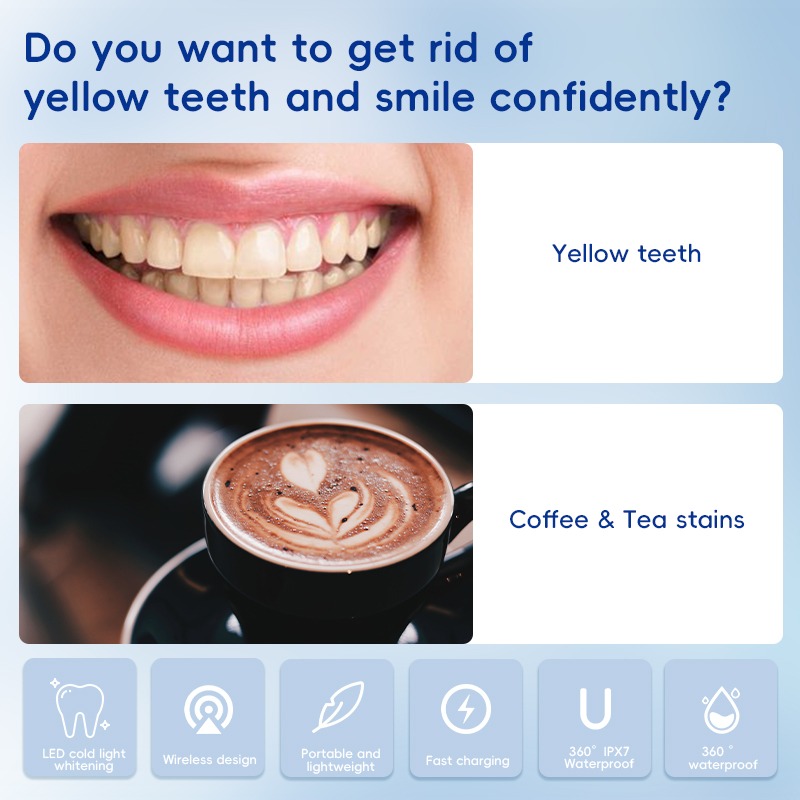
Should I Brush My Teeth Again After Using LED Teeth Whitening Kits?
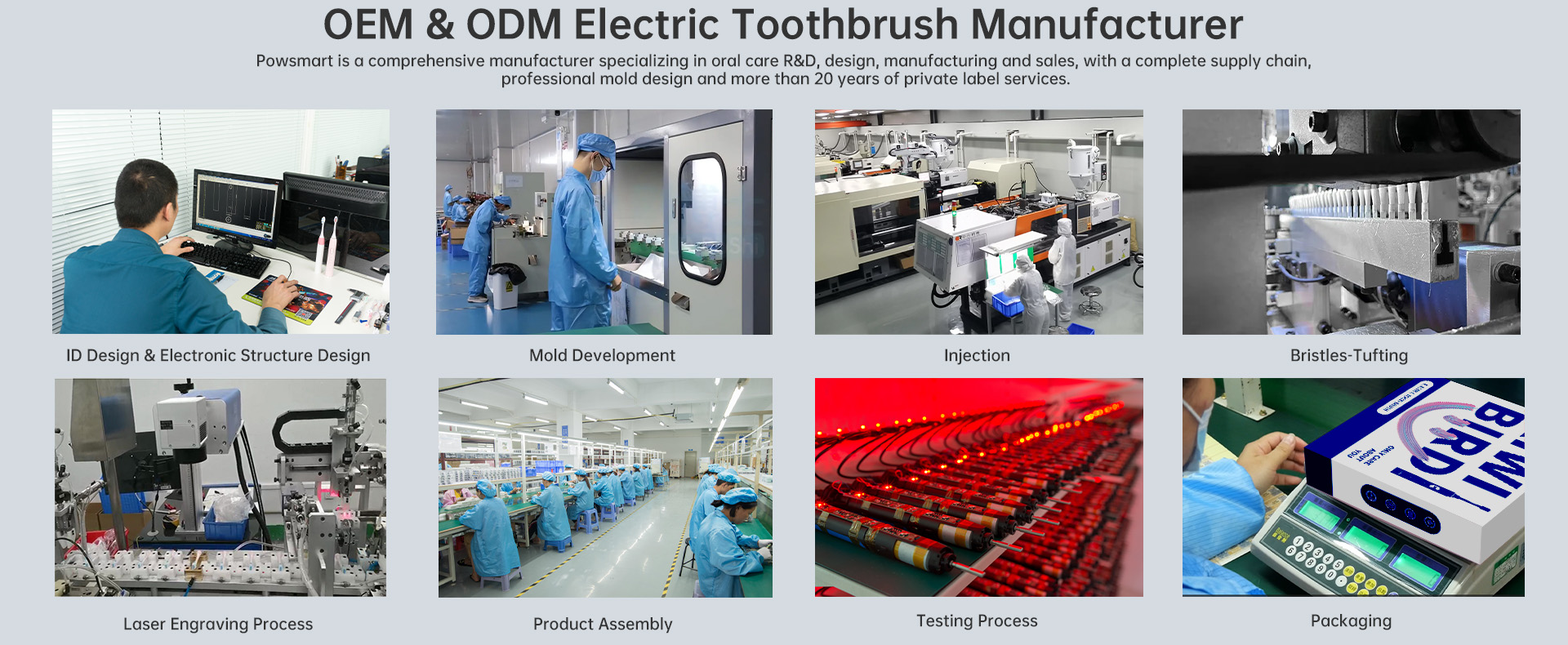
What Are the Other Promising oral care Products in the Oral Care Industry?
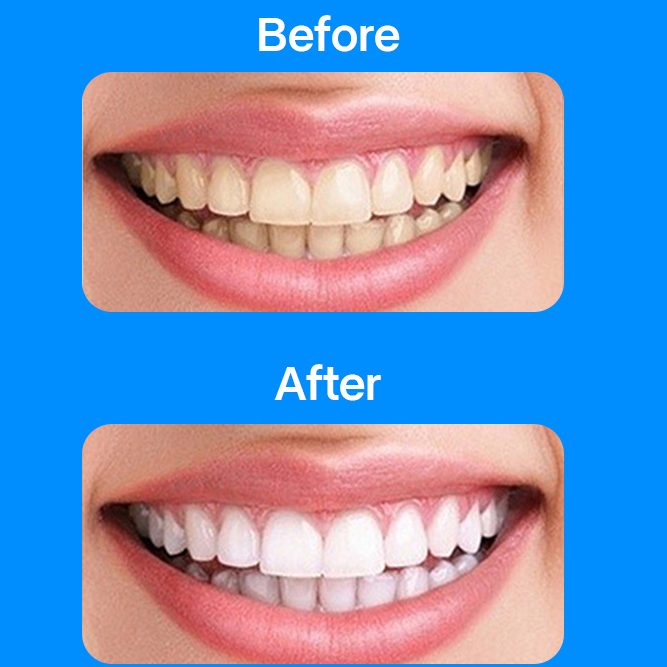
Precautions During Use – Maximize the Effectiveness of the Home Teeth Whitening Device
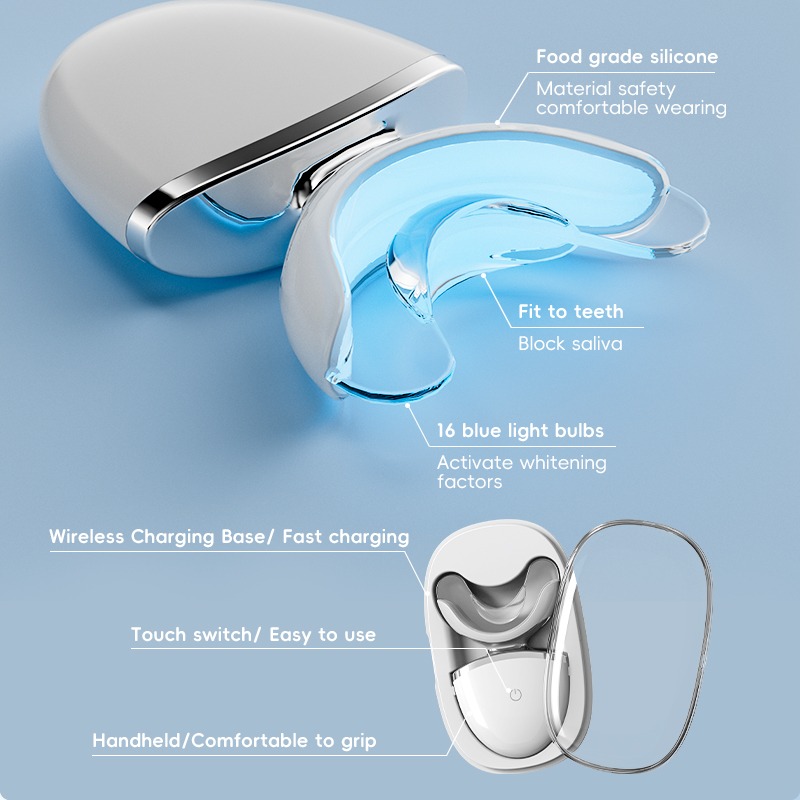
Trends of Teeth Whitening market in 2024 That You Should Notice
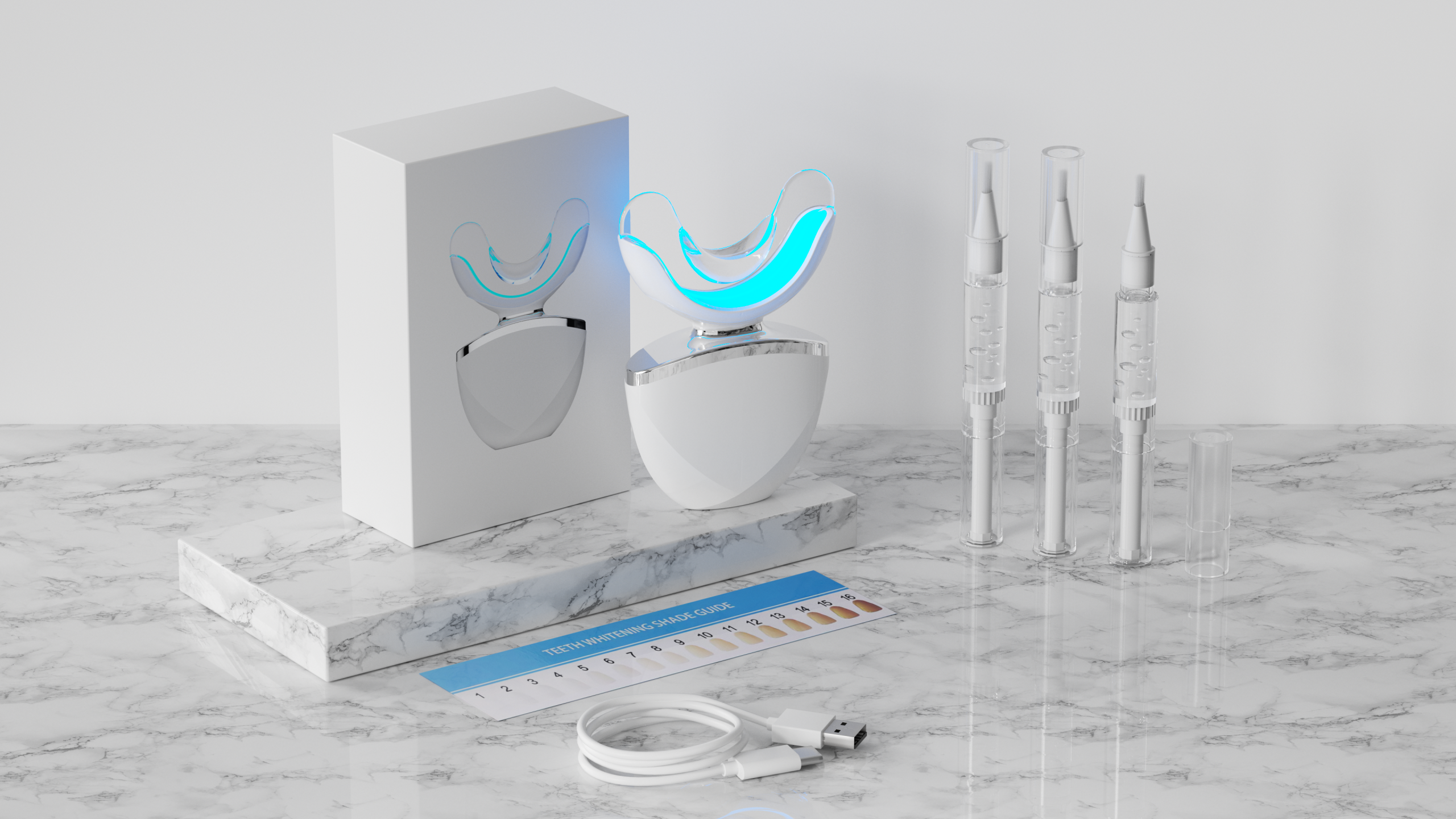
Teeth Whitening Equipment and Gel Compatibility – OEM System Integration

How Long Does It Take for a Teeth Whitening Device to Show Results?

The Growing Potential of the Oral Care Business: Trends, Opportunities & Market Insights
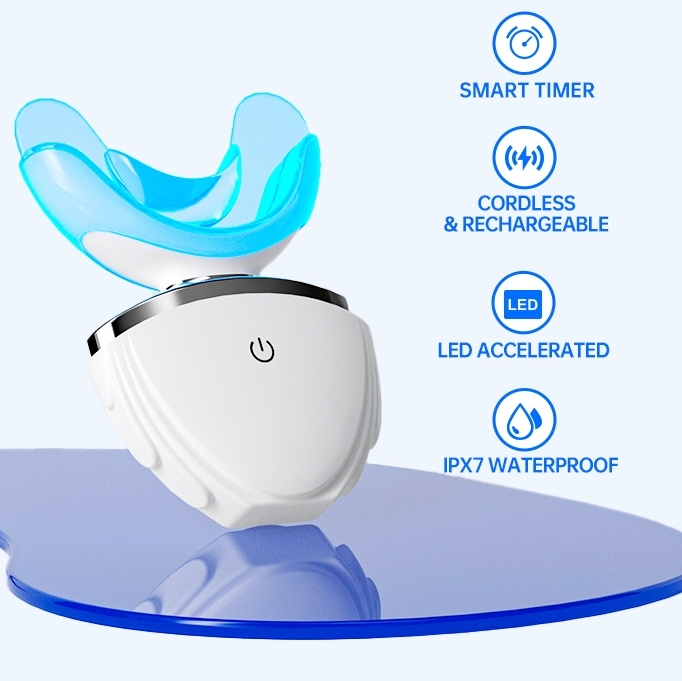
Analysis of the Core Technology of Teeth Whitening Devices: The Difference and Application of Blue Light Whitening and Cold Light Technology

The evolution history of electric toothbrushes

Teeth whitening kit: For Healthier, Whiter Teeth
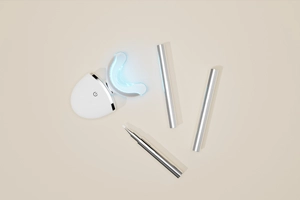
Collaborative Development of Red and Blue Light Teeth Whitening Gel Formulas: How to Increase Whitening Efficiency by 3 Times?

Do At-Home Light Therapy Teeth Whiteners Really Work?
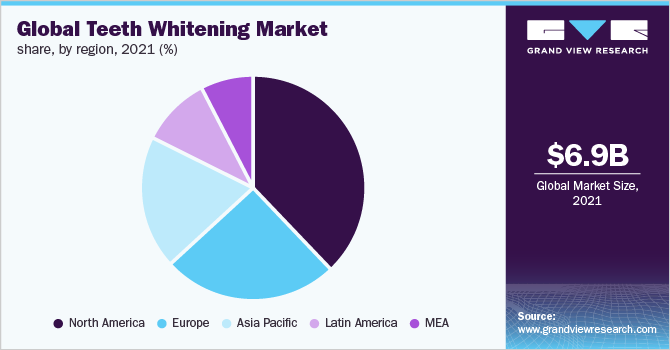
Analysis of Differences in Preferences for Teeth Whitening Devices in the European and American Markets vs. Asian Markets

The Evolution of the User Experience: How Dentistry Technology is Changing Everyday Oral Care

Home Teeth Whitening Device – A Must-Have Before a Date

The Power of Teeth Whitener & Toothbrush Bundles

electric toothbrush heads Charcoal Infuse-Round
.jpg)
Florida Electric Toothbrush – Powsmart PTR-C8

Customization Teeth Whitening Gel

electric toothbrush heads Deep Clean

electric toothbrush heads Ultra Soft

Private Label Whitening Gel

Electric toothbrush heads Charcoal Infused-Diamond

electric toothbrush heads Regular Clean
whstapp
whstapp
National Toll-Free Service Hotline
+86 755 86238638